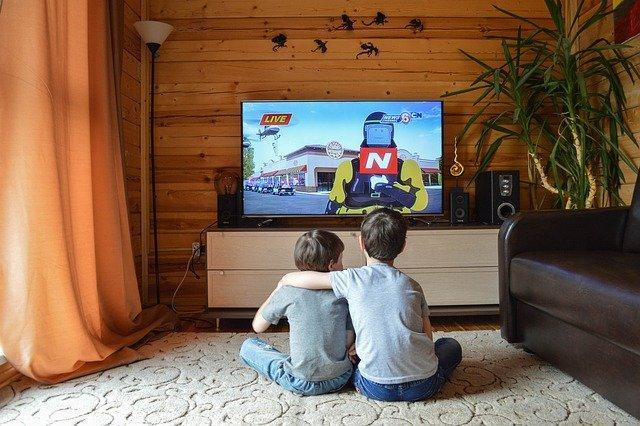Unquestionably, different generations have had a drastic change in interests and hobbies as the years continue to progress. Due to the rise and dependency on technology, 10-year-olds nowadays can be found engrossed within an iPad, rather than outside in the fresh air riding a bike. Although technology can positively contribute to advancements in education and knowledge amongst young children in particular, it is also conceivably considered a detrimental feature to growing up. To balance out the benefits and drawbacks of modern-day media, we believe it is important to acknowledge the impact of media on children. Stay tuned as we discuss.

Educational purposes
This is an extremely dominant topic to approach as there is a vast amount of speculation on whether media contributes positively or negatively towards children’s development. Technology is never going to leave our lives, in fact, it is only going to evolve, therefore, we must continue to use it to our advantage. One way in which it positively contributes towards child development is through a variety of free educational options. Within the UK, you will be presented with free TV through Freeview, the UK’s digital terrestrial television platform, if you have a TV manufactured after 2007 with a preinstalled Freeview box. It is important to ensure that you have a working aerial, as this will contribute to the quality of your Freeview reception. For TV aerial installations or repairs, click here. This means that children have access to channels offering a range of educational features including numeracy, literacy, culture, arts and crafts, and science, and this is us only naming a few! Therefore, children can gain additional communication tips, knowledge, and understanding through the TV, completely free of charge to their parents. With appropriate time constraints placed on TV watching, the impact of media can be highly beneficial towards development and growth.
Exposure to poor actions and content
Social media, in particular, can uncover a nasty and unpleasant world to young children and teenagers. Violence, unlawful behaviour, and explicit language are only some of the acts that appear within the world of social media, and if parental controls and restraints are not set appropriately on devices such as iPads, laptops, and gaming consoles, children can easily be negatively influenced. Sometimes, this negativity cannot always be avoided, especially on specific apps and social media platforms. However, to limit the exposure to this, parents need to check up on device history as well as put parent restraints on the devices for younger children.
Brilliant source of entertainment
Media itself is undoubtedly extremely entertaining. Whether it be video game consoles, the TV, a smartphone, or a laptop, the main reason why we all use media is due to the entertainment and enjoyment it brings us. Let’s consider the lockdown phases of Covid-19 for example. Media, no doubt had a massive impact on your day-to-day life as there was not much else to do apart from sitting around the house. It is important to note that if you have children, it probably was involved in their lockdown experience too. Without the impact of media during these times, we may have been even more demented than we actually were, and that is difficult to comprehend! Overall, media devices are indisputably entertaining, specifically for children as they are entitled to entertainment as much as the older generations are, and who wouldn’t love to see a child laughing endlessly as they enjoy their favourite shows or movies?
Negative contribution to health
Binge-watching content is one of the main reasons why media sources are so frowned upon. When we say watching content, we do in fact mean TV shows, movies, YouTube videos, and even TikTok videos. Countless hours spent sitting down absorbed within a TV or laptop can result in excessive weight gain from lack of movement and exercise. Alongside this, children are encouraged to be active whilst their body is still developing, therefore it is crucial for them to exercise and take part in activities daily. Binge-watching can therefore contribute adversely towards health and wellbeing. One way this can be prevented is for parents to restrict long periods of media accessibility on young children.
Sparks communication
A final impact of media is the communication that is encouraged from it. This is more apparent within older children in their adolescence period of life as they being to develop interests in a variety of different shows, movies, characters, and celebrities. After watching content, communication opportunities expand as they can approach their friends and family to spark up conversation on this interest, or even approach the web and different social media platforms to interact online. For example, let’s say a teenager develops an interest in a new reality show. After enjoying a few episodes, they may begin to follow their favourite characters on different social media platforms, allowing them to keep up to date, and interact with the actor. Furthermore, it may lead to them connecting with other individuals who also take an interest in the show. Therefore, the options for communication are endless through media platforms.





